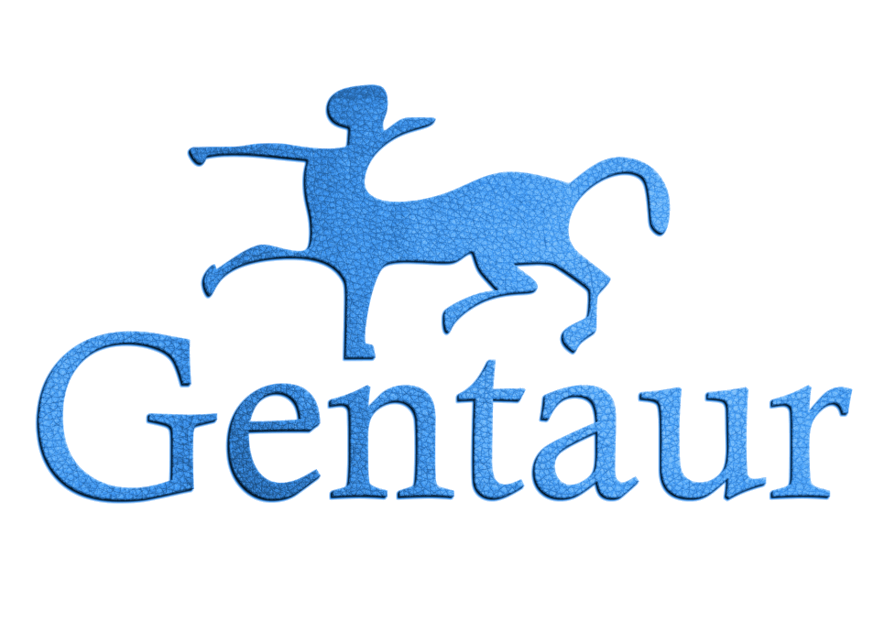Rabbit anti Sheep IgM (heavy and light chains), conjugated with FITC
-
Catalog number
MBS571483
-
Price
Please ask
-
Size
1 mL
-
-
Products_type
Secondary Antibody
-
Products_short_name
[Rabbit anti Sheep IgM (heavy and light chains)]
-
Clonality
Polyclonal
-
Reactivity
Sheep
-
Specificity
Fluorescein isothiocyanate-conjugated IgG fraction of polyclonal Rabbit antiSerum to Sheep IgM, heavy and light chains.
-
Storage_stability
Store at 4 degree C.
-
Tested_application
ELISA (EIA), Immunocytochemistry (IHC), Immunohistochemistry (IHC), (In)direct Immunofluorescence (IF)
-
Description
This antibody needs to be stored at + 4°C in a fridge short term in a concentrated dilution. Freeze thaw will destroy a percentage in every cycle and should be avoided.
-
Properties
This MyBioSource Fluorescein isothiocyanate (FITC) antibody is currently after some BD antibodies the most commonly used fluorescent dye for FACS. When excited at 488 nanometers, FITC has a green emission that's usually collected at 530 nanometers, the FL1 detector of a FACSCalibur or FACScan. FITC has a high quantum yield (efficiency of energy transfer from absorption to emission fluorescence) and approximately half of the absorbed photons are emitted as fluorescent light. For fluorescent microscopy applications, the 1 FITC is seldom used as it photo bleaches rather quickly though in flow cytometry applications, its photo bleaching effects are not observed due to a very brief interaction at the laser intercept. MyBioSource FITC is highly sensitive to pH extremes. Immunoglobulin M, or IgM for short, is a basic antibody that is produced by B cells. IgM is by far the physically largest antibody in the human circulatory system. It is the first antibody to appear in response to initial exposure to an antigen
-
Conjugation
Anti-FITC Antibody
-
About
Rabbits are used for polyclonal antibody production by MyBioSource. Rabbit antibodies are very stable and can be stored for several days at room temperature. MyBioSource adds sodium azide and glycerol to enhance the stability of the rabbit polyclonal antibodies. Anti-human, anti mouse antibodies to highly immunogenic selected peptide sequences are" monoclonal like" since the epitope to which they are directed is less than 35 amino acids long.
-
Latin name
Oryctolagus cuniculus
-
Gene target
-
Short name
Rabbit anti IgM (heavy light chains), conjugated with FITC
-
Technique
Rabbit, light, anti, FITC, IgM, antibody to, antibody Conjugates, Fluorescein, IgMs
-
Host
Rabbit, Rabbits
-
Isotype
IgM, IgM
-
Label
FITC
-
Species
Sheep, The sheep (Ovis aries) ELISAs are detecting sheep proteins and antigens. Some epitopes will also recognize goat proteins. Sheep and goats are also used to produce polyclonals. An adult female sheep is referred to as a ewe a male as a ram, a castrated male as a wether, and a younger sheep as a lamb. Sheeps
-
Alternative name
production species: rabbit antibody to ovine Immunoglobulin M (heavy and light chains), coupled including fluorecein
-
Alternative technique
rabbit-anti, antibodies, fluorescine, immunoglobulin-m
-
MeSH Data
-
Name
-
Concept
Scope note:
Test for tissue antigen using either a direct method, by conjugation of antibody with fluorescent dye (FLUORESCENT ANTIBODY TECHNIQUE, DIRECT) or an indirect method, by formation of antigen-antibody complex which is then labeled with fluorescein-conjugated anti-immunoglobulin antibody (FLUORESCENT ANTIBODY TECHNIQUE, INDIRECT). The tissue is then examined by fluorescence microscopy.
-
Tree numbers
- E01.370.225.500.607.512.240
- E01.370.225.750.551.512.240
- E05.200.500.607.512.240
- E05.200.750.551.512.240
- E05.478.583.375
-
Qualifiers
ethics, trends, veterinary, history, classification, economics, instrumentation, methods, standards, statistics & numerical data
Product images
Similar products

